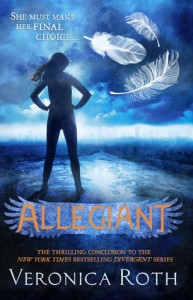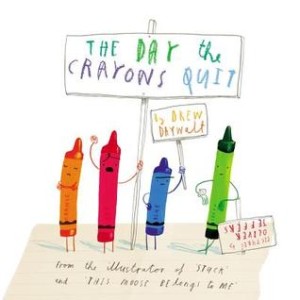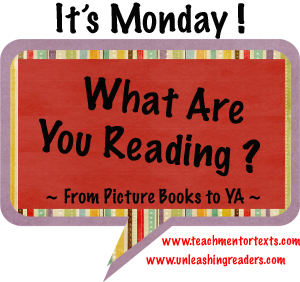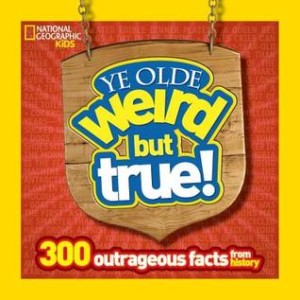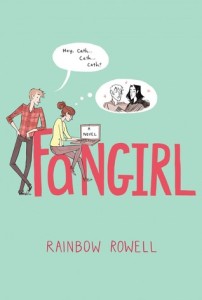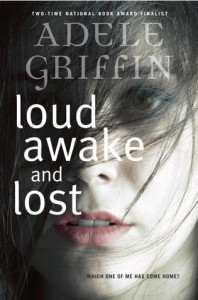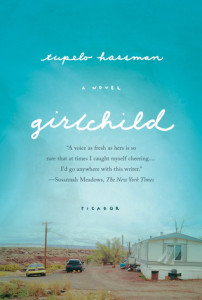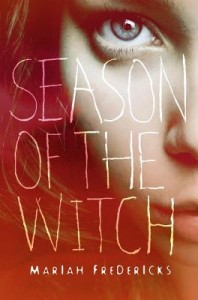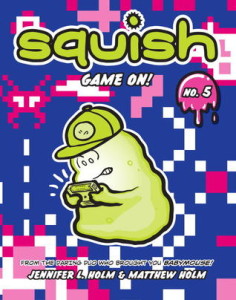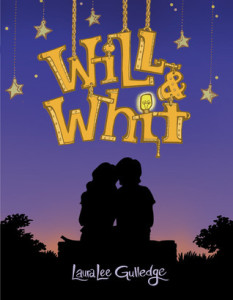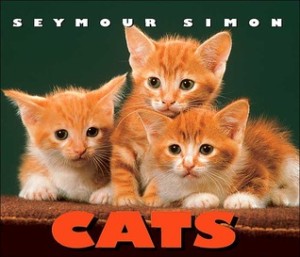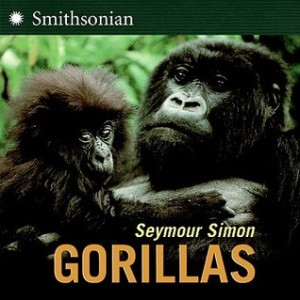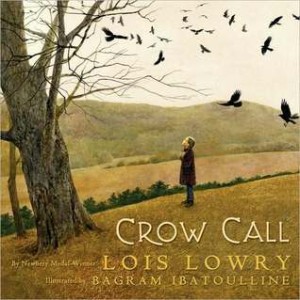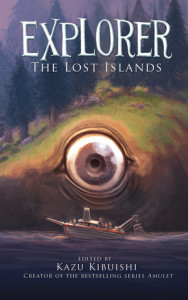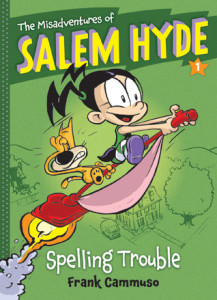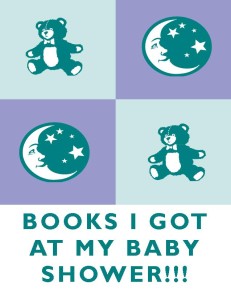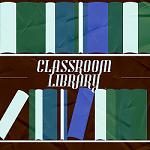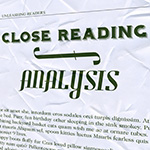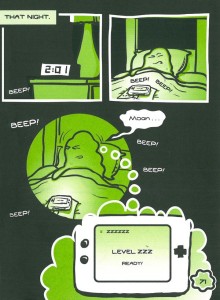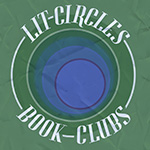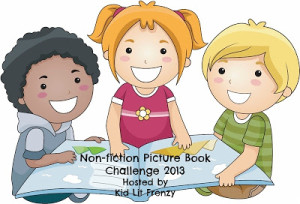Top Ten Tuesday is an original feature/weekly meme created at The Broke and the Bookish. The feature was created because The Broke and Bookish are particularly fond of lists (as are we!). Each week a new Top Ten list topic is given and bloggers can participate.
Today’s Topic: Top Ten Books on Our Winter TBR Lists
We really need to get to these books!
Ricki
1. Allegiant by Veronica Roth
I absolutely loved the first two books in this series, so I am very eager to get to the third! I haven’t read it yet because I have too many other library books that are at-risk of giving me overdue fines!
2. Two Boys Kissing by David Levithan
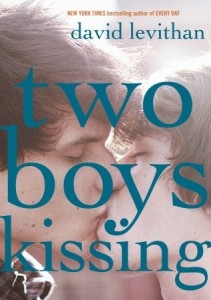
I have heard such wonderful things about this book. I am waiting for my library to get it in!
3. Unsouled by Neal Shusterman
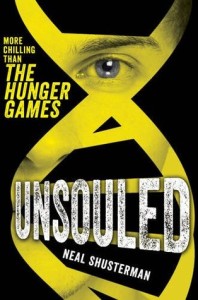
The first two books in the series are fantastic, and I will probably hear a few spoilers before I get my hands on it.
4. The Real Boy by Anne Ursu
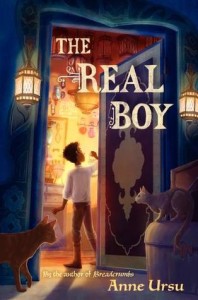
I don’t usually crave middle grade books as much as I crave high school books, but everyone is raving about this book, so now I NEED to get it!
5. The Day the Crayons Quit by Drew Daywalt
I wanted to read this book so badly that I put it on my baby registry. I have it in hand, but my husband says I can’t read it until the baby is born. BOO!
Kellee
1. Mira’s Diary: Home Sweet Rome by Marissa Moss

I really , really loved the first one of this series and am so excited to have the newest to read. I loved the way Marissa Moss combines time travel, history, and art in Mira’s stories.
2. Fangirl by Rainbow Rowell

This book is being raved about and since I liked Eleanor and Park I am so very looking forward to Fangirl.
3. Period 8 by Chris Crutcher

I haven’t read enough Chris Crutcher and after hearing him speak at ALAN I know I need to read more.
4. Two Boys Kissing by David Leviathan
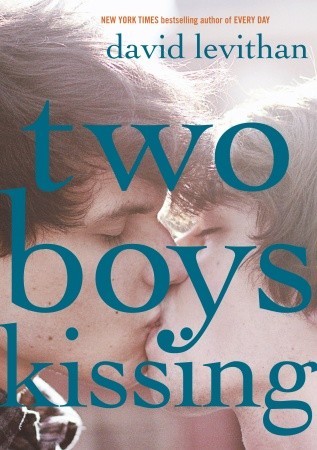
This is on so many people’s BEST OF lists for 2013 and I cannot wait to get my hands on it.
5. Explorer: The Lost Islands edited by Kazu Kibuishi

This one I need to read ASAP so I can get it into the hands of my students. They LOVE Kazu Kibuishi and I know they will love this one as well.
Which are the top books on your winter TBR lists?

